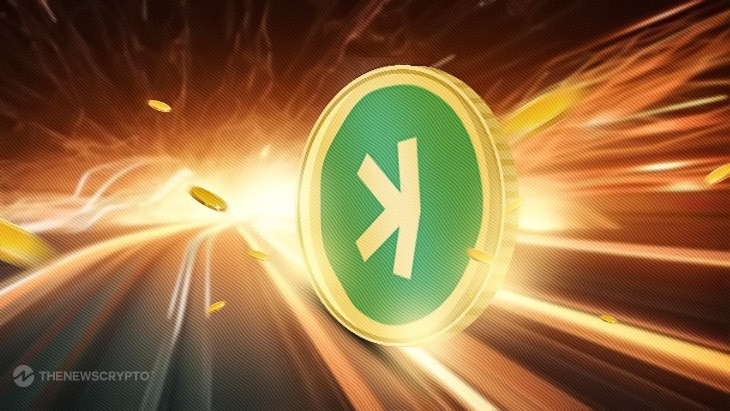- Travladd Crypto believes Kaspa could become a top-six cryptocurrency in the next bull market, making it an exciting blockchain innovation.
- Kaspa’s innovative BlockDAG technology allows parallel block creation, significantly boosting transaction speeds.
- Kaspa aims to solve scalability issues for broader blockchain adoption.
A new blockchain project called Kaspa aims to solve scalability issues holding back wider blockchain adoption. The future of blockchain scalability may lie with a new project called Kaspa and its BlockDAG technology, according to Travladd Crypto, co-founder of crypto investment firm King Finance.
In a recent tweet, Travladd outlined why he believes Kaspa has the potential to become a top-six cryptocurrency in the next bull market.
If you don’t hold $KAS yet, do yourself a favour and read this. This is why Kaspa will enter the top 6 cryptos next bull market.
— Travladd Crypto (@OfficialTravlad) October 19, 2023
Blockchain = One block at a time
BlockDAG = Allows blocks to be created in parallel at a fast pace.
Kaspa core developers are at the final stages of…
Kaspa’s BlockDAG allows parallel creation of blocks
Unlike traditional blockchains, which add one block at a time sequentially, Kaspa’s BlockDAG allows blocks to be created in parallel for much faster throughput. Travladd notes that Kaspa’s core developers are currently rewriting the peer-to-peer node software in Rust to optimize performance further.
With transaction speeds already reaching up to 32 blocks per second in testing, Kaspa’s BlockDAG approach could enable blockchain technology to scale for global adoption.
If Travladd’s predictions are correct, Kaspa’s novel architecture and active development may make it one of the top blockchain innovations to watch in the years ahead.
The project’s goal of overcoming scalability limitations holding back mainstream blockchain adoption could position Kaspa as a leader in next-generation distributed ledger technology.
As the crypto markets prepare for the next bull cycle, Kaspa aims to complement flagships like Bitcoin and Ethereum by evolving blockchain’s technological foundations.
 thenewscrypto.com
thenewscrypto.com
